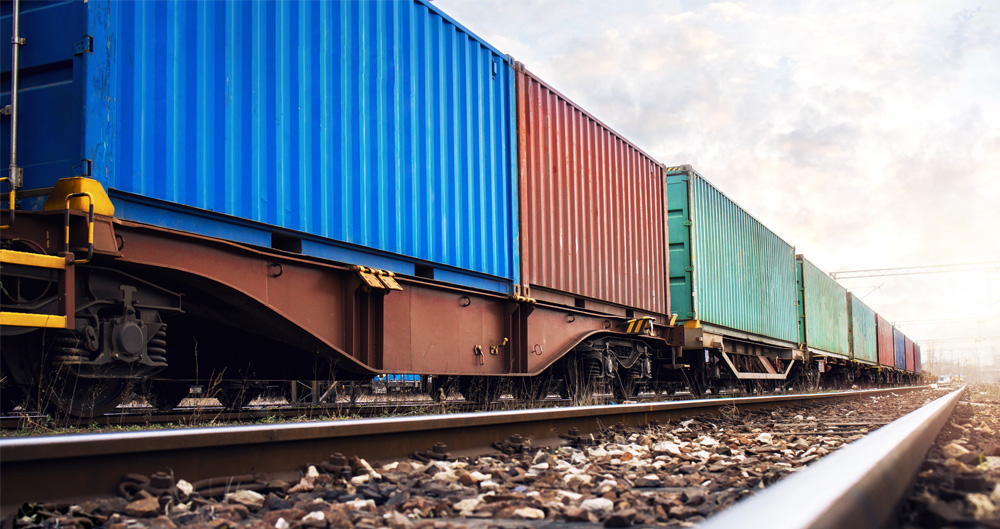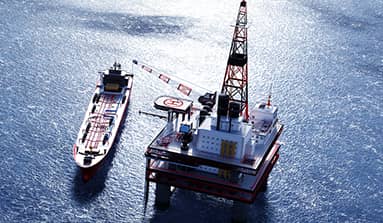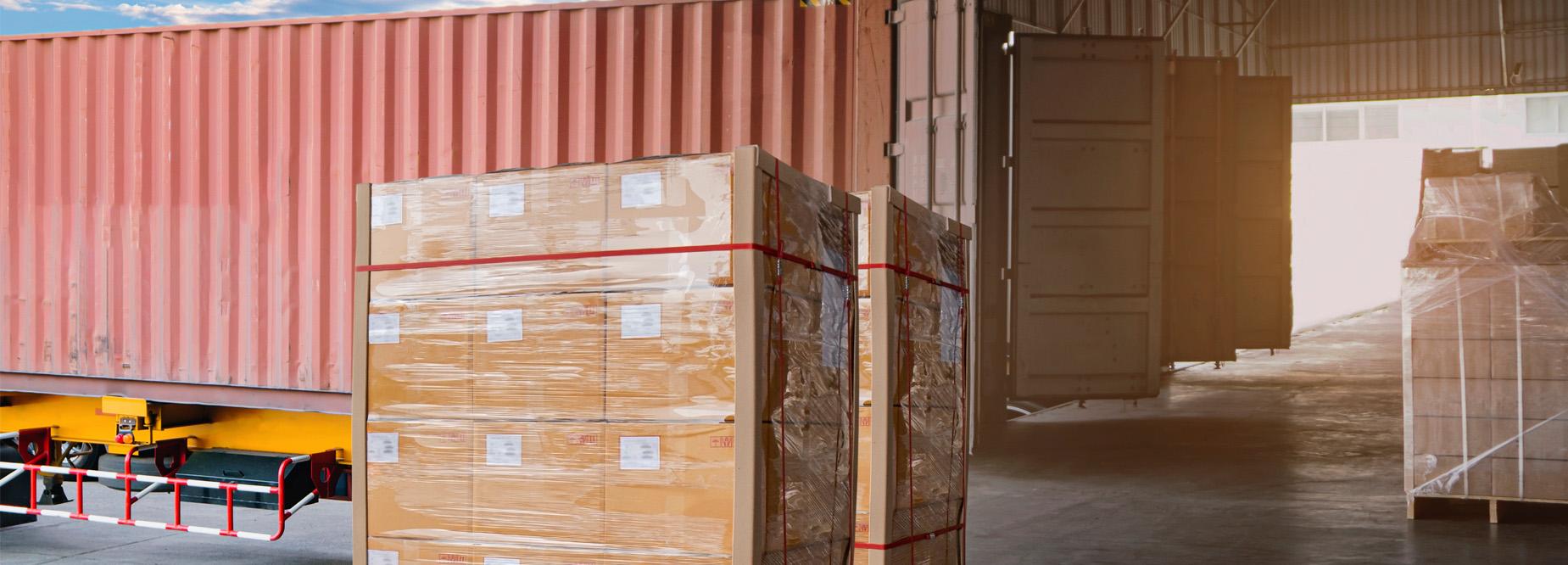In 2007 a fully laden containership, MSC Laura, broke in two off the south coast of England during a storm. The ship became a total loss. The Maritime and Coastguard Agency (MCA) investigation concluded that several factors relating to the packing of containers contributed to the loss of the vessel.
After the salvage operation, several issues were revealed, including:
- Overweight containers
- Many with undeclared goods
- Improperly packed with unbalanced loads
As a result, the SOLAS (Safety of Life at Sea) convention administered by the International Maritime Organisation (IMO) was changed to enforce the weighing of containers or their contents prior to being accepted for shipment. This was the origin of the Verified Gross Mass (VGM) Regulation which is enforced worldwide and in the UK by the MCA.
Forwarding agents, who do not stuff containers (except when they act as cargo consolidators), have little influence over the container packing methods and rely on the exporter being aware of the Code of Practice and correctly declaring the contents.
The improper stowage of multiple inaccurate cargo weights resulted in structural stresses, which contributed to vessel loss. The loss of the MSC Laura is, fortunately, a rare occurrence, but improper loads cause regular on-land in-transit incidents. Due to poorly packed containers accidents happen: forklift tip-overs can occur when loading and unloading containers. Loose articles move and cause the stow to shift or collapse, sometimes against the doors, causing items of cargo to fall out as soon as the doors are opened.
In another incident – a single poorly stuffed container led to the derailment of an entire train. The Rail Accident Investigation Branch (RAIB) reported that following their investigation:
“At 13:42 hrs on 28 January 2012, a wagon on a [Freightliner] container train derailed and then re-railed when crossing a section of track connecting two lines (a crossover) at Reading West Junction. No one was injured. However, the condition of the train was such that the derailment could have taken place elsewhere, in which case the consequences might have been more severe.
The train was formed of 25 container-carrying flat wagons. The wagon that derailed was the 24th from the front. It was carrying a single freight container on the trailing end, which was packed with 13 pallets of automotive components, each weighing approximately 1300 kg. On opening the container, the RAIB found that all the pallets were unsecured and had moved to the side, resulting in uneven loading of the wagon. A survey of the track revealed a geometry defect (a twist fault) close to the point of derailment.

The cause of the derailment was that there was insufficient load on the front right-hand wheel of the wagon to prevent its flange climbing over the railhead. This was the combined result of the uneven loading on the wagon, specifically the lateral offset of the payload in the container, and the effect of the twist fault on the crossover.
The RAIB concluded that the pallets had moved during the road journey to the freight terminal, where the container was loaded onto the train. The company that packed the container had no processes at the time to ensure that the pallets would not move.”
Further reading:
https://www.gov.uk/raib-reports/freight-train-derailment-at-reading-west-junction
https://www.bbc.co.uk/news/uk-england-berkshire-21233753
As a result of this avoidable incident Reading Central station was closed for 24 hours, and over 700 trains were delayed or cancelled.
How to load a shipping container
Incidents involving shipping containers are common. Thousands of containers are damaged or become dangerous or unstable each year due to incorrect loading (stuffing or packing) by exporters, with the potential for significant financial losses for all parties. It can also be perilous for people working on cargo ships and those who unload each container when they reach their destination. The danger is also present during the landside haul to and from the port. Container vehicle drivers and other road and rail users, as well as members of the public, are unnecessarily placed at risk by improperly packed containers. For this reason, knowing how to load a shipping container safely and efficiently is vital.
Follow these four vital steps:
- Is the container in a good state of repair also, check if it is displaying a valid Container Safety Convention (CSC) plate
- Create a stuffing plan - you need to know the weight and size of all items to be packed and work out a plan to distribute the weight evenly and do not overload
- Secure all individual items by strapping/bracing; heavy seas and wind can cause a massive strain on a shipping container, with even the heaviest items capable of shifting
- Make final checks to ensure all cargo is evenly distributed and secure before sealing the container.
Do your part
It is critical for all importers and exporters to be fully aware of their duty of care when consigning a container for shipment. The correct packing is crucial for ensuring your goods arrive undamaged. Any insurance claim made due to damage caused by movement within the container will be subject to scrutiny, and you should inspect your policy clauses concerning packing.
The insurance cover will assume you have taken all necessary steps to secure goods within your CTU and must be able to withstand all intermodal movement. Understanding physics and how this influences movement and motion on land, rail, or sea is essential knowledge.
International Maritime Organisation Code of Practice
KC Group Shipping recommends that all clients be aware of the IMO/ILO/UNECE Code of Practice for Packing Cargo Transport Units.
Visit the IMO Code of Practice: https://www.imo.org/en/OurWork/Safety/Pages/CTU-Code.aspx
You can download this comprehensive guide here.
Download Code Packing Checklist here.
NB: The information is for guidance only and does not give rise to any warranty or contract, written or implied. For further information on container stuffing seek the professional advice of a marine cargo surveyor.











